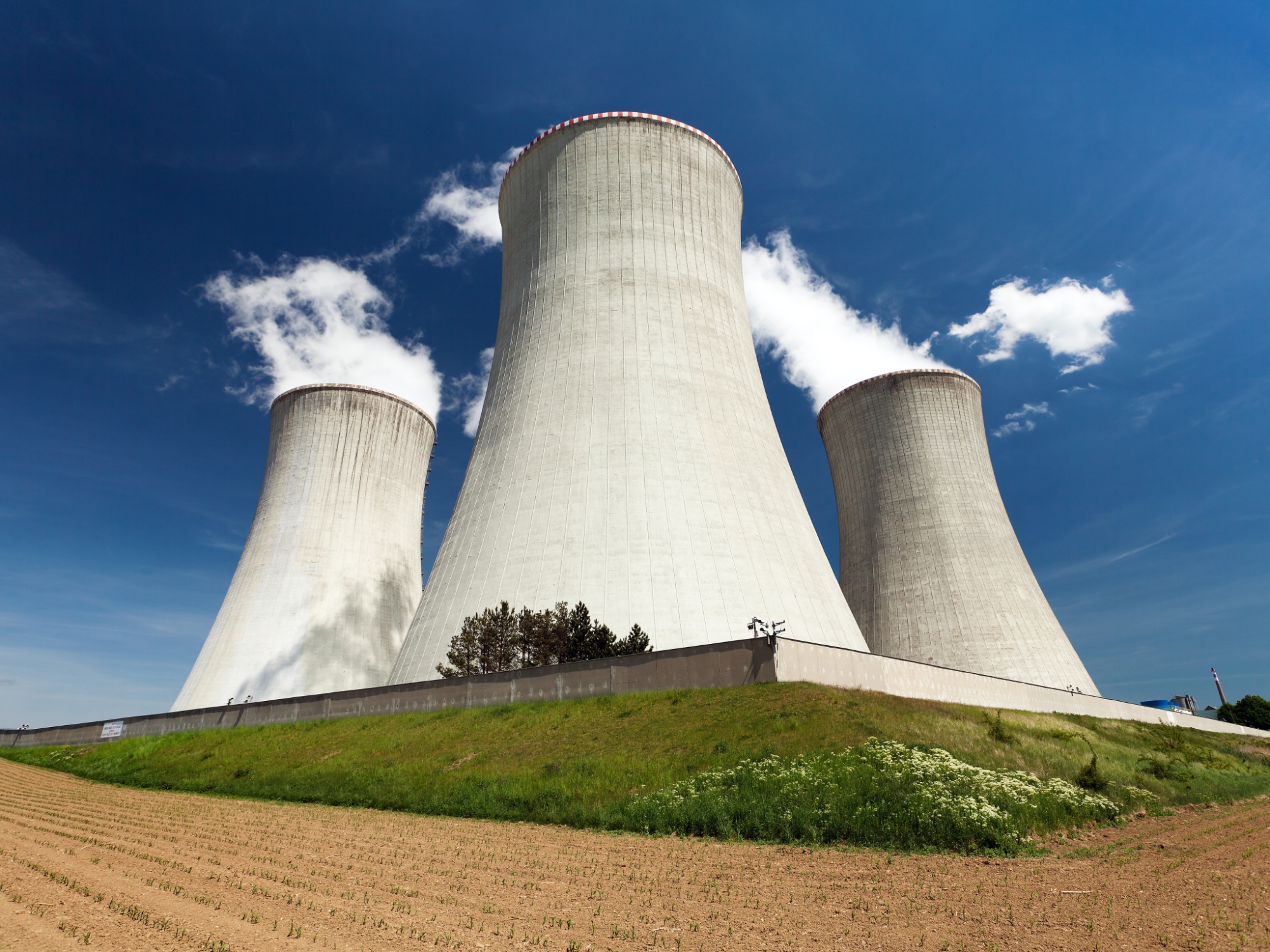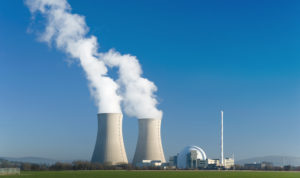
A recent petition filed by government workers reveals the extent of a growing nuclear safety design problem.
Over the past five years, certain concerns about the safety of nuclear power plants have increased. In 2012, a problem with the connective electrical systems at a nuclear reactor in Illinois resulted in both of its backup power systems failing simultaneously, requiring a plant technician to manually open the breakers to address core cooling. Similar failures—technically known as open-phase conditions—have occurred in recent years in the United States, Canada, Sweden, and the United Kingdom.
Seven staff engineers from the U.S. Nuclear Regulatory Commission (NRC) recently filed a petition with the agency raising significant safety concerns about “open-phase” conditions in the United States nuclear power plant fleet. Their petition requests the agency take immediate regulatory actions—including shutting down nuclear power plants—to address a design flaw that exists in almost all operating nuclear plants in the United States.
As highlighted in an analysis of the petition that I recently posted on the Kleinman Center for Energy Policy website, the design flaw lies in the inability of nuclear plants to detect open-phase conditions (for example, when one phase of a three-phase transformer malfunctions) that if left uncorrected, can lead to voltage imbalances and electrical shorts that can harm critical safety systems.
Nuclear power plants need redundant on- and off-site power systems to ensure that, if a plant stops generating power, there is a sufficient backup supply to sustain cooling systems that keep the hot nuclear core from melting down. An open-phase condition in the electrical systems that connects back up power to the plant can result in simultaneous failure of both on- and off-site backup systems—right at the time the plant needs backup power the most.
The staff petition cites 13 open-phase events that have occurred in the United States and abroad in the past fourteen years. The NRC analyzed data supplied by all U.S. nuclear power plant licensees and confirmed that only one plant exists without the design flaw.
The NRC is well aware of the open-phase condition problem and has taken considerable actions since 2012 to investigate and address the issue, including providing technical guidance to licensees and staff on acceptable compliance solutions. However, the NRC has failed to issue orders requiring licensees to comply.
Some of the holdup is probably related to differences of opinion between the industry and NRC staff. Some staff believe that existing regulations provide broad authority over the issue, whereas some in the industry believe this is a new issue that requires the NRC to conduct a cost-benefit analysis before new requirements can be justified. An industry-led initiative produced a solution that licensees voluntarily agreed to implement, but some NRC staff believe that the industry-preferred solution does not meet regulatory requirements.
The staff engineers’ petition recommends that the NRC either “issue orders requiring immediate corrective actions and compensatory measures . . .” or “immediately shut down operating nuclear plants because these plants are operating without addressing significant design deficiencies.”
Immediately shutting down all nuclear plants would mean the loss of about 20 percent of America’s electricity, at least temporarily. Grid reliability concerns, skyrocketing prices, and increased pollution emissions would all result. For carbon emissions alone, turning off these zero-carbon nuclear plants for a year could be the equivalent of having to turn on 144 coal plants.
NRC engineers are obviously aware of the potential ramifications of their advice, yet still they made these recommendations and filed the petition with their employer.
The petition was filed under a provision in the Code of Federal Regulations that allows members of the public to petition the agency to take enforcement actions. The NRC has several internal processes through which staff members can object to agency positions, such as the Non-Concurrence Process and Differing Professional Opinions Program. However, compared to the internal processes, the public petition offers greater transparency and attention—and greater certainty with respect to a timeline for decisions.
These NRC staff members undoubtedly want to draw public attention to and force action on this issue. And they are right to do so, not just because the open-phase flaw is a safety concern but because there are broader regulatory implications that must be considered. In particular, the public needs to be aware that:
- There is a problem at the NRC. The agency studied the open-phase condition issue, determined there is a widespread problem, acknowledged the problem can disable critical safety systems, and found that solutions exist. Still, they have yet to require a fix. The staff petitioners want a more stringent solution; industry wants a less expensive solution; and it seems gridlock has impeded agency action.
- Nuclear power is an important carbon-free resource. Nuclear energy provides 20 percent of the country’s power. It plays a foundational role in our domestic greenhouse gas reduction strategy and the nation’s ambitions to finalize a global climate agreement. Nuclear energy has to succeed if we are to achieve domestic and international climate change goals.
- There are many challenges facing the nuclear industry. The nuclear industry is grappling with economic challenges facing many of its contemporaries in energy industries. Nuclear plants also face unique issues related to long-term radioactive waste storage and 60-year extension of operating licenses. Compared to the open-phase condition design flaw, these issues are exponentially more complex and their solutions more elusive.
- Public trust is precious, especially with respect to nuclear power. After the 2011 meltdown at Japan’s Fukushima plant, questions about the safety of nuclear power reentered public discourse. After canceling plans to phase out nuclear power in 2009, Germany successfully reintroduced its policy in 2011, owing in part to the public’s reaction to Fukushima. According to a Gallup Poll conducted last month, for the first time since 1994, a majority of Americans oppose nuclear energy.
As regulators look to the next five years, the future of nuclear power in America is unclear. We need this vital source of carbon-free power, but there are real safety concerns. Meanwhile, industry and markets require economic viability. And the NRC is caught in the middle. If the agency cannot address the open- phase condition issue swiftly and sufficiently, what confidence should the public have in the agency’s ability to navigate more complex issues where solutions are unknown and the stakes even higher?
This essay is part of The Regulatory Review’s sixteen-part series, RegBlog@5.




